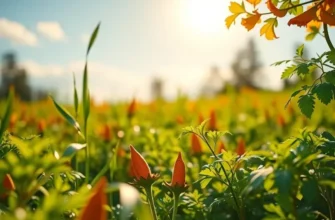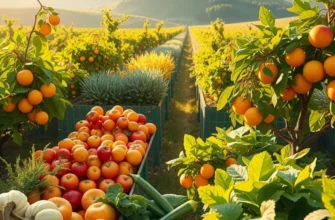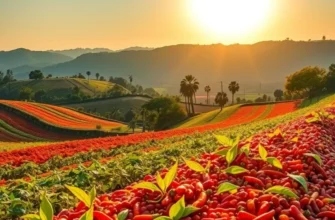Culinary ingredients tell the story of a region—its environment, culture, and history. From spices to grains, these unique ingredients are the backbone of local cuisines that excite the palate. As we travel the world through food, we discover how local produce, spice blends, and artisan products create cultures of flavor that connect us to distant lands. Join us as we unearth some famous regional ingredients that define culinary traditions across the globe.
Saffron: The Golden Spice of Persia
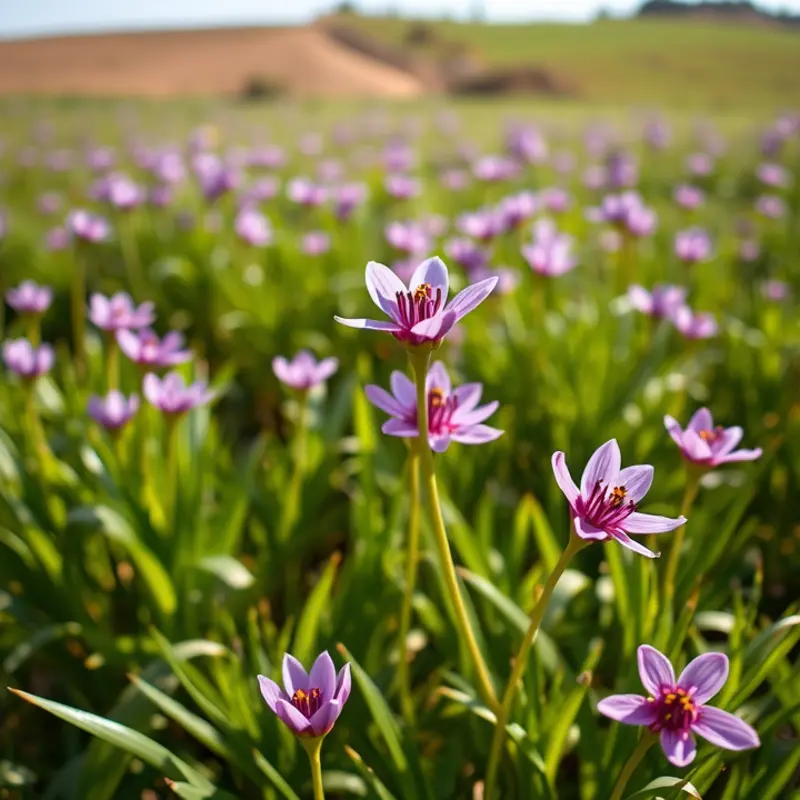
Saffron, with its radiant hue and distinctive aroma, has been mesmerizing cooks and connoisseurs for centuries. Originating from the Persian Empire, this illustrious spice holds the title as the world’s most expensive spice. Its cost surpasses even that of gold due to the labor-intensive cultivation process.
The journey of saffron begins with the Crocus sativus flower, which blooms only once a year. Each day during the flowering season, early morning light reveals the delicate lilac petals that envelop three crimson stigmas—the spice we prize. These stigmas must be hand-picked with precision to prevent damage. To yield just a single pound of saffron, it’s necessary to harvest approximately 75,000 blossoms, underscoring its rarity and value.
Historically, saffron has been woven into the fabric of cultural identities across civilizations. In Persia, it was not only a culinary treasure but also a dye for robes and a key ingredient in traditional medicines. Its bitter yet slightly honeyed flavor enriches a wide array of dishes, from the fragrant Persian dish ‘chelow kebab’ to the luxurious Italian ‘risotto alla Milanese’.
The worth of saffron extends far beyond its flavor. Its vivid color is attributed to crocin, a carotenoid pigment that imparts a golden-yellow hue. This property makes it a favorite among chefs who seek to imbue their dishes with a visual flourish, transforming ordinary meals into something extraordinary.
While Iran remains the largest producer of saffron, accounting for over 90% of the global supply, other countries like Spain and India also play significant roles in its cultivation. In these regions, saffron forms a bridge between culinary tradition and economic vitality, supporting many families who meticulously pick and process the spice by hand.
For intrepid home cooks, understanding how to properly store saffron is crucial to maintaining its quality and potency. Airtight containers, kept away from light and moisture, help preserve its vibrant color and flavor. Given its intense profile, it’s often suggested to use it sparingly, infusing just a few threads into dishes to release its full potential.
Incorporating saffron into cooking can elevate simple recipes to new heights, without the need for excessive seasoning. For more ideas on enhancing flavors without added salt, explore flavor boosters.
Saffron’s unique characteristics and storied past make it a subject of endless fascination, not just for gastronomes but for anyone captivated by the intersection of history, culture, and cuisine. Its journey from bloom to spice exemplifies the dedication required to craft memorable flavors, truly embodying the ‘golden spice’ epithet.
Kimchi: A Spicy Korean Legacy
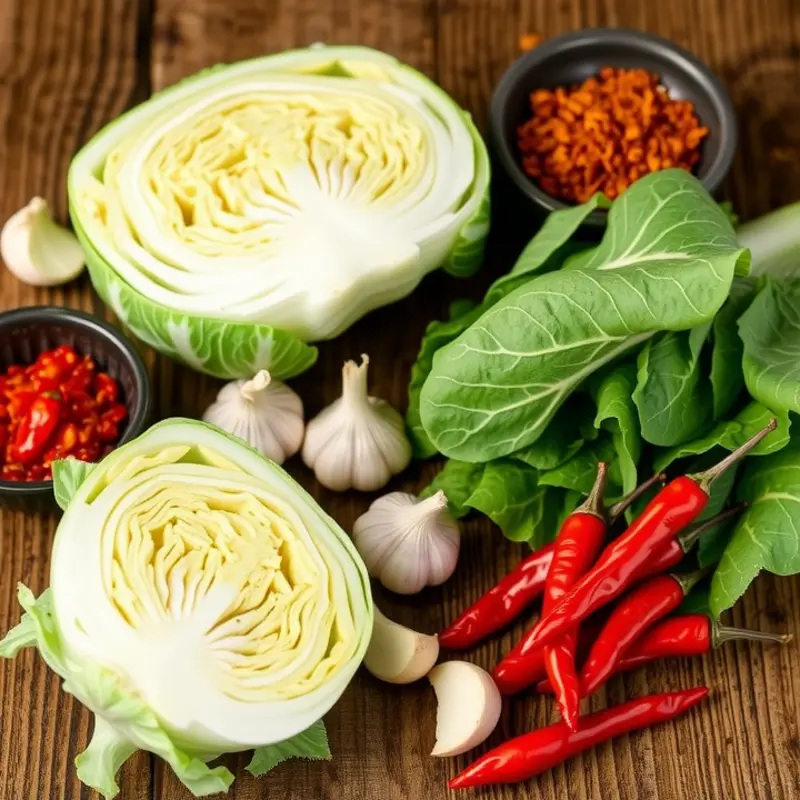
Kimchi, a vibrant staple of Korean cuisine, epitomizes the culinary art of fermentation. This spicy, tangy, and somewhat effervescent dish is much more than just a side. It is a cultural symbol, deeply ingrained in Korean identity, history, and daily life.
At the heart of kimchi are its ingredients. The primary component, Napa cabbage, absorbs the flavorful mixture of spices, providing a crisp texture. Korean chili powder, or gochugaru, gives kimchi its characteristic heat and color. This particular chili powder is unique, offering both spice and depth without overwhelming the palate. Garlic, another fundamental ingredient, infuses kimchi with pungent notes that balance the sweetness of cabbage. These ingredients are carefully combined, sometimes with added accents like radish, scallions, or fish sauce, to create the distinct layers of flavor kimchi is famous for.
Different regions in Korea, and even individual households, have their own variations of kimchi, each bringing subtleties to its flavor profile. This variety stems from the specific ratios of spices, types of vegetables, and even the length of fermentation. Some versions are mild and sweet, while others are intensely spicy, showcasing the diversity within the umbrella of kimchi.
Fermentation is not just about taste but also health. Kimchi is renowned for its probiotic qualities, promoting gut health through beneficial bacteria developed during the fermentation process. This aspect aligns it with contemporary interests in functional foods and probiotics. For those seeking alternative sources of probiotics without dairy, kimchi offers a delicious solution. Explore more about non-dairy probiotic options here.
The social and cultural role of kimchi is significant. Traditionally, the winter months marked the time for “kimjang,” the communal making and preserving of kimchi. Families and neighborhoods would gather to share resources and labor, turning kimchi-making into a festive event. This practice reinforced community bonds, a legacy that continues in modern Korea, where kimchi is a fixture at every meal. It is served alongside rice, meats, stews, and can even be found topping Western dishes, illustrating its role as a versatile culinary companion.
Kimchi’s complexity and depth reflect the intricate balance of flavors central to Korean cuisine. Each bite offers a taste of Korea’s culinary wisdom, preserved through generations and now shared globally. Whether considered a humble side dish or a gastronomic exploration, kimchi stands as a testament to the richness of tradition it encapsulates.
Final words
The culinary world is full of vibrant regional ingredients that not only tantalize the taste buds but also weave rich cultural stories. Saffron, with its regal history and labor-intensive process, brings richness to dishes that connect us to ancient Persia. Meanwhile, kimchi speaks to the heart of Korean culture, embodying the essence of family and community through meticulous preparation and fermentation. As food enthusiasts and culturally curious individuals, exploring these ingredients deepens our appreciation of global cuisines and the shared humanity that culinary traditions instill in our lives. Embrace the flavors of the world—each ingredient invites you on a unique adventure.


